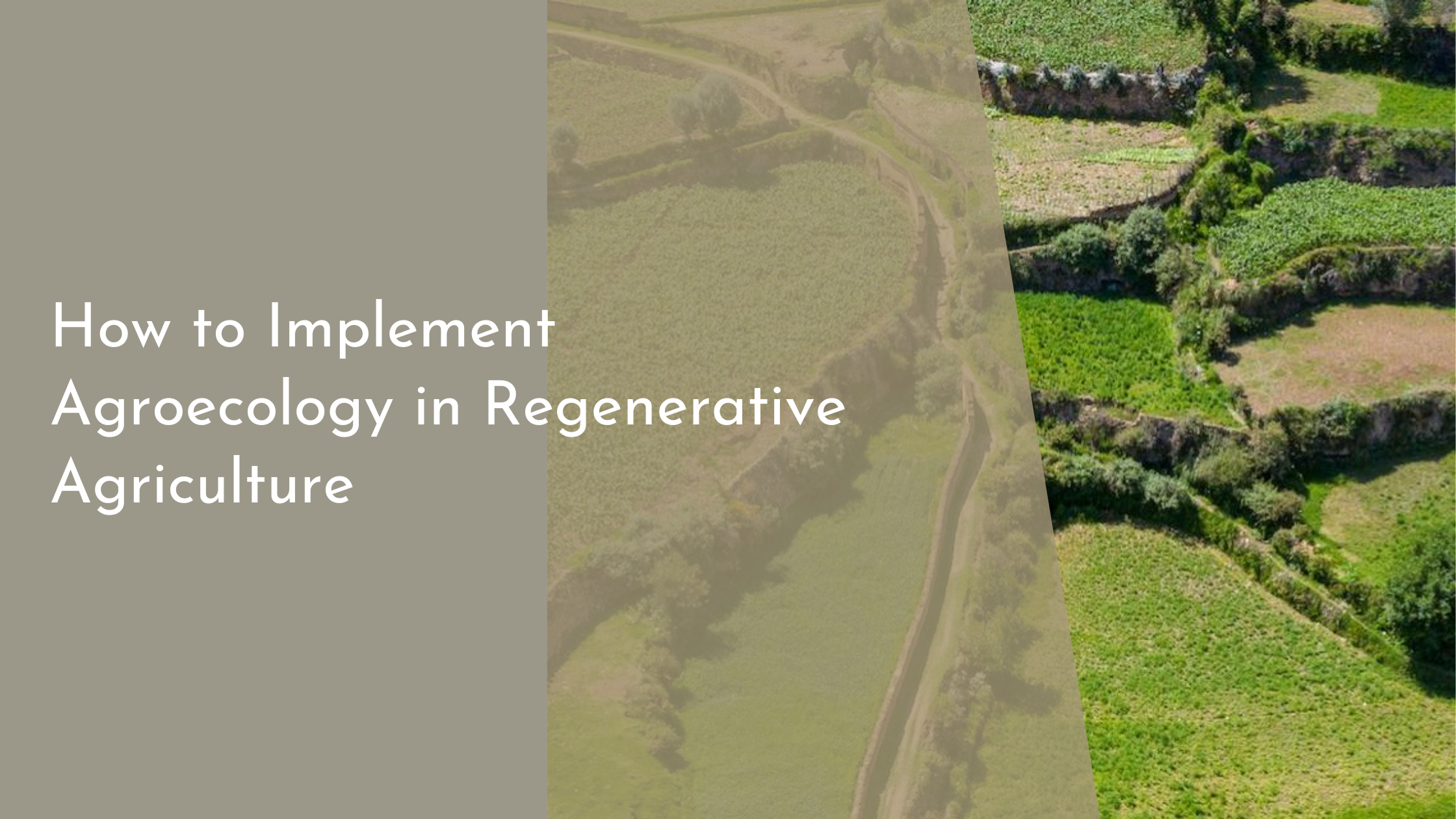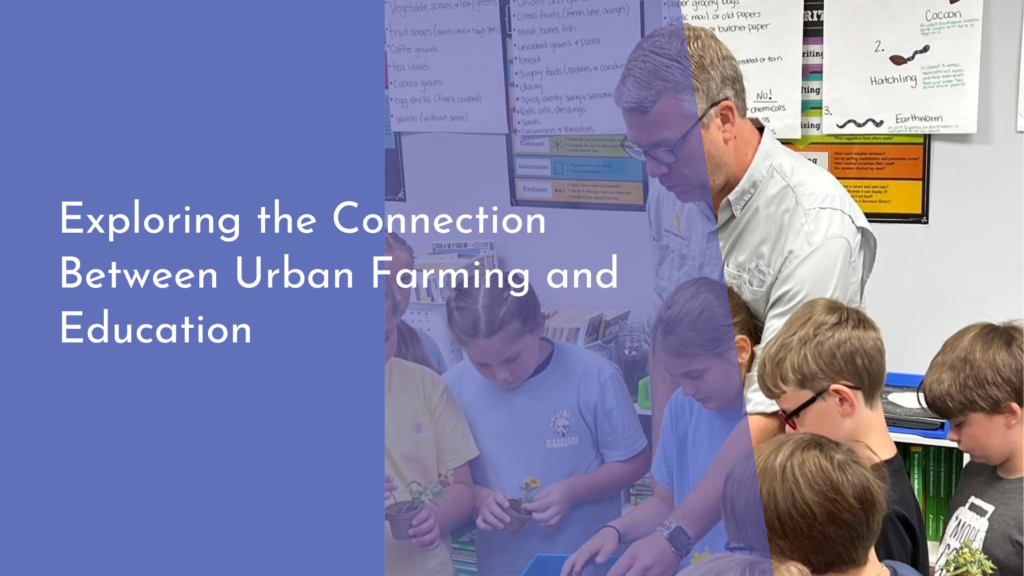How to Implement Agroecology in Regenerative Agriculture
Agroecology and regenerative agriculture are two harmonious concepts that together hold the potential to transform modern farming into more sustainable and resilient systems. While both strive to enhance the health of ecosystems and communities, their integration can lead to even greater benefits, fostering biodiversity, improving soil health, and strengthening local food systems. This article delves into the core principles of agroecology and how they can be successfully implemented in regenerative agriculture, offering insights into building vibrant, sustainable farming communities.
Understanding Agroecology Principles
Agroecology is grounded in a deep understanding of ecological processes and the biodiversity that supports them. At its core, it emphasizes the importance of working with nature rather than against it. This approach is about more than just scientific methods; it involves cultural, social, and economic dimensions that result in holistic farming systems. By mimicking natural ecosystems, agroecology aims to increase farm resilience to climate variability and reduce dependency on external inputs like synthetic fertilizers and pesticides.
Moreover, agroecology champions the idea of co-creation of knowledge, where farmers, researchers, and communities collaborate to develop context-specific solutions. This participatory approach ensures that practices are tailored to the unique environmental, economic, and cultural conditions of each farming community. By integrating these principles into regenerative agriculture, farmers can create systems that are not only productive but also sustainable and equitable.
Integrating Biodiversity and Ecosystem Services
Biodiversity is the backbone of healthy ecosystems and is central to agroecology. By fostering a variety of plant and animal species on farms, we can enhance ecosystem services such as pollination, pest control, and nutrient cycling. This biodiversity integration reduces the need for chemical inputs, enhances resilience to pests and diseases, and improves overall farm productivity. Cover crops, intercropping, and agroforestry are some practices that can be implemented to increase biodiversity on farms.
Ecosystem services provided by diverse farming systems go beyond ecological benefits; they also offer economic and social gains. Pollinator-friendly habitats can increase crop yields, while diverse plantings reduce risk and improve food sovereignty for farming communities. By valuing these services, regenerative agriculture can create a multifunctional landscape where biodiversity and production coexist and thrive.
Practices to Enhance Soil Health and Fertility
Healthy soil is the foundation of regenerative agriculture, and agroecology offers several practices to enhance soil health and fertility. Crop rotations, for instance, disrupt pest and disease cycles, promote soil microbial diversity, and improve nutrient availability. Cover crops prevent soil erosion, improve water retention, and add organic matter to the soil, further boosting its fertility and structure.
Composting and reduced tillage are other key agroecological practices that contribute to soil health. Composting recycles nutrients back into the soil, reducing the need for synthetic fertilizers, while reduced tillage minimizes soil disturbance, preserving soil structure and microbial life. By prioritizing these soil-centric practices, regenerative agriculture can create a thriving underground ecosystem that supports healthy plant growth and reduces environmental impacts.
Building Community and Knowledge Sharing Networks
Community involvement and knowledge sharing are critical components of agroecology. These networks facilitate the exchange of traditional and scientific knowledge, enabling farmers to adopt innovative practices that suit their local context. Farmer-to-farmer learning, participatory research, and community workshops can empower farmers with the skills and knowledge needed to implement effective agroecological practices.
Moreover, building strong community networks helps in advocating for policies that support sustainable farming initiatives. By uniting farmers, researchers, and consumers, these networks can drive systemic change towards a more sustainable food system. When communities come together to share knowledge and experiences, they not only enhance their local food security but also contribute to a global movement towards sustainable agriculture.
The integration of agroecology into regenerative agriculture offers a path to more sustainable, resilient, and equitable farming systems. By understanding and applying agroecological principles, enhancing biodiversity, fostering soil health, and building robust community networks, farmers can transform their practices for the betterment of the environment and society. As more communities embrace these integrated approaches, the potential for positive change in the agricultural landscape grows, promising a vibrant future for generations to come.


